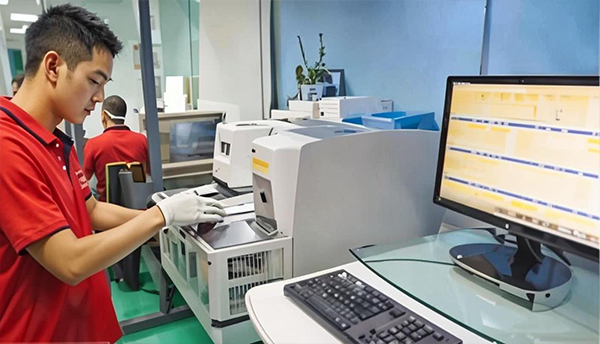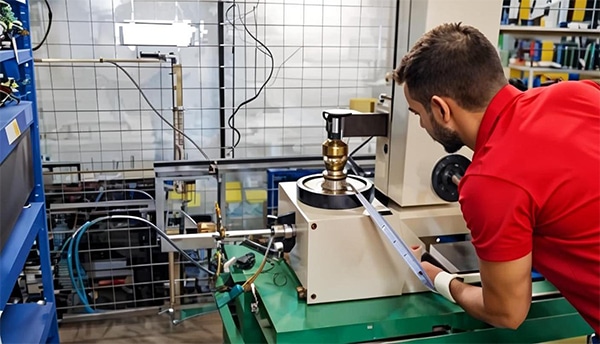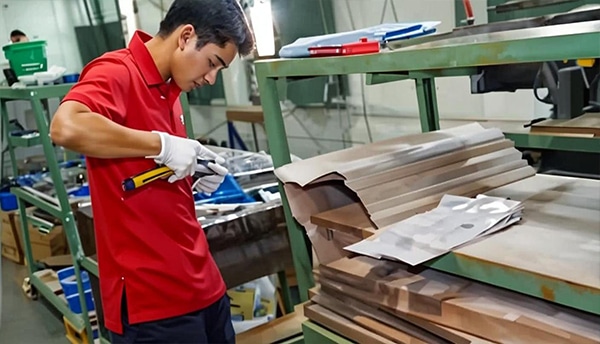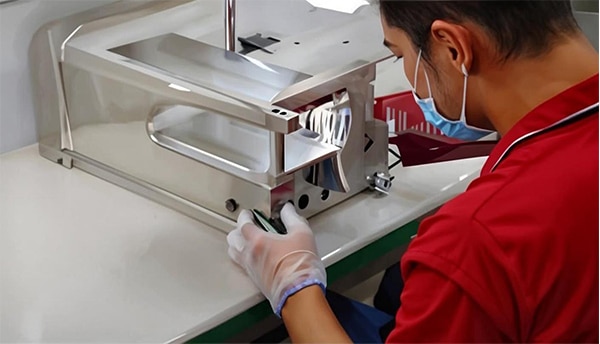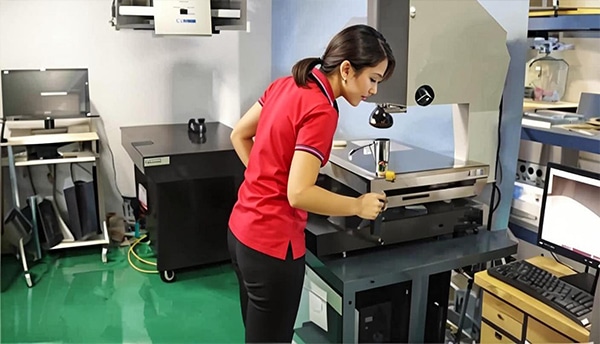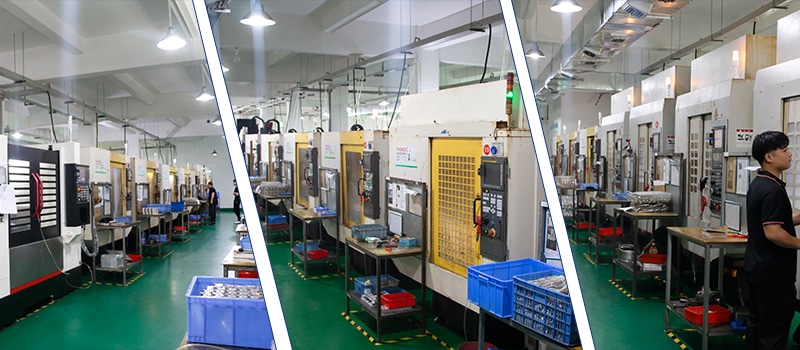Introduction to 316L Stainless Steel
316L stainless steel is a low carbon variant of 316 stainless steel, renowned for its remarkable resistance to corrosion and enhanced strength. Characterized by its composition, this alloy includes significant amounts of chromium (16-18%), nickel (10-14%), and molybdenum (2-3%), with the low carbon content (≤0.03%) being a crucial factor in its superiority over other stainless steels in certain environments. The reduced carbon levels not only enhance its formability and weldability but also decrease the risk of carbide precipitation that could compromise corrosion resistance during welding.
The corrosion resistance of 316L stainless steel is one of its major attributes, allowing it to endure harsh environmental conditions, including chemical exposure and high saline surroundings. This quality makes it the preferred choice in marine applications, such as boat fittings and components in coastal structures, where durability is essential. Furthermore, its excellent temperature stability makes it suitable for applications involving extreme temperatures and varying thermal mechanical conditions.
In addition to its corrosion-resistant properties, 316L offers significant benefits in terms of mechanical strength. It performs well in both high-stress and low-stress environments, making it ideal for use in industries such as aerospace, pharmaceuticals, and oil and gas. The material’s durability is complemented by its aesthetic appeal, allowing for finishes that are both functional and visually pleasing.
As a result, customized parts made from 316L stainless steel via CNC machining have become increasingly prevalent in various industrial applications. The precision and accuracy afforded by CNC technology enhance the capabilities of engineers and designers in fabricating components that meet specific performance and structural requirements. The combination of 316L stainless steel’s advantageous properties and CNC machining’s capabilities ensures the production of high-quality custom parts that often exceed industry standards.
Understanding CNC Machining
CNC machining, or Computer Numeric Control machining, is a method utilized to automate the control of machine tools through a computer. This technology enhances the manufacturing process by enabling precise and complex part fabrication, especially when working with materials such as 316L stainless steel. CNC machines interpret a computer-aided design (CAD) program, converting it into numerical coordinates to control the machinery involved in manufacturing.
The heart of CNC machining lies in its operation, wherein a computer directs the machinery for tasks such as drilling, milling, turning, and grinding. There are various types of CNC machines, each suited for specific applications. For instance, CNC mills are often employed for producing intricate parts with detailed features, while CNC lathes are used for creating cylindrical components. The versatility of CNC machines allows manufacturers to produce high-quality 316L stainless steel parts in a fraction of the time required by traditional machining methods.
One of the significant advantages of CNC machining is its ability to achieve high precision and repeatability in manufacturing processes. CNC machines can execute complex tool paths and produce components with tight tolerances that are essential when dealing with stainless steel materials, including 316L. Additionally, the automation aspect of CNC technology minimizes human error, thereby enhancing product reliability.
An essential element in CNC machining is programming, which involves inputting the specified parameters into the CNC software to guide the machining process. Tooling is another critical consideration, as the type and quality of tools can influence the final product’s quality. The integration of automation further streamlines production, allowing for greater efficiency and reduced lead times in manufacturing customized CNC parts from 316L stainless steel.
Customization Options for 316L Stainless Steel Parts
When it comes to machining 316L stainless steel parts, there is a broad array of customization options available to meet specific project requirements. The first step in the customization process involves selecting the appropriate machining techniques that best suit the intended design and functionality of the parts. Techniques such as milling, turning, and grinding play a pivotal role in crafting complex geometries and precise dimensions. Milling allows for the removal of material from the surface of the stainless steel, enabling the creation of intricate patterns and features. Turning, on the other hand, facilitates the shaping of cylindrical parts with high accuracy. Grinding can achieve superior finishes and tight tolerances, making it an essential process for achieving the desired properties of 316L stainless steel components.
In addition to machining techniques, the opportunity to create bespoke designs further enhances the customization aspect. Designers can leverage computer-aided design (CAD) software to visualize and simulate the final products. This enables manufacturers to produce customized parts tailored to specific applications, whether for medical devices, aerospace components, or architectural elements. Each application may demand distinct design considerations that influence the overall performance and durability of the finished product.
Moreover, surface treatments and finishes significantly enhance both the aesthetics and functional performance of 316L stainless steel parts. Options such as passivation, polishing, and coating are commonly employed to improve corrosion resistance, reduce friction, and provide an appealing appearance. The choice of surface finish may depend heavily on the end-use application; for instance, medical components may require a smoother finish to ensure hygienic conditions, while parts utilized in high-stress environments may need additional protective coatings.
Ultimately, understanding and integrating these customization options for machining 316L stainless steel parts is essential in achieving optimal performance while meeting the unique demands of various industries.
The Advantages of CNC Machining for 316L Stainless Steel Parts
CNC machining presents several advantages when utilized for producing parts from 316L stainless steel, a material renowned for its exceptional corrosion resistance and mechanical properties. One of the most significant benefits of CNC machining is the high precision it offers. Utilizing computer-controlled machinery, manufacturers can achieve tolerances typically within a few microns, which is crucial for industries that require exact specifications in their components, such as aerospace, medical, and automotive sectors.
Another advantage of CNC machining is its repeatability. Once a CNC program is established, it can be executed multiple times without variation, ensuring every produced part matches the initial design closely. This characteristic not only enhances quality control but also simplifies the production process, allowing for time-efficient manufacturing of parts in large quantities.
Additionally, CNC machining effectively reduces waste, which is particularly advantageous when working with valuable materials like 316L stainless steel. Traditional machining methods often generate excessive scrap, whereas CNC technology employs advanced strategies to optimize material utilization, leading to decreased production costs and increased sustainability.
CNC machining also excels in handling complex geometries that might pose challenges with traditional manual methods. The flexibility of CNC designs allows manufacturers to create intricately shaped parts with ease, permitting the inclusion of features such as undercuts, contours, and multi-faceted surfaces without compromising strength or durability.
From a cost-efficiency perspective, CNC machining requires minimal manual intervention once set up, thus significantly reducing labor costs. Furthermore, components can be produced at higher speeds, enabling manufacturers to meet stringent delivery deadlines without sacrificing quality. The amalgamation of these advantages renders CNC machining particularly appealing for outfits seeking to manufacture high-quality, customized 316L stainless steel parts with precision and efficiency.
Future Trends in CNC Machining for 316L Stainless Steel
The landscape of CNC machining is undergoing significant transformations, particularly concerning the customization of 316L stainless steel parts. One of the most notable trends is the heightened automation in machining processes. Automation not only enhances production efficiency but also minimizes human error, resulting in higher quality components. Manufacturers are investing in advanced robotics and automated systems to streamline operations, thereby allowing for greater focus on precision and consistency in the machining of 316L stainless steel.
Another pivotal development is the integration of artificial intelligence (AI) in CNC machining. AI technologies enable machines to optimize machining parameters in real-time based on various factors, including material behavior and tool wear. This capability improves the overall effectiveness of machining operations while also providing insights into predictive maintenance. Consequently, manufacturers can expect reduced downtime and prolonged tool life, which are essential for maintaining productivity in the fabrication of custom stainless steel parts.
Improvements in machine tools are also shaping the future of CNC machining. The emergence of advanced materials for tool manufacturing, coupled with precise cutting techniques, allows for more efficient machining of 316L stainless steel. As technology evolves, these tools are becoming more sophisticated, offering better performance and higher capability to achieve intricate designs required for custom components. Additionally, manufacturers are increasingly adopting 5-axis machining, which provides the flexibility to create complex geometries and enhances the overall adaptability of manufacturing processes.
Lastly, sustainability practices are gaining traction in the CNC machining industry. Many manufacturers are actively seeking methods to reduce their environmental footprint while ensuring high-quality output. From the implementation of energy-efficient machining processes to the recycling of scrap materials, these strategies not only promote environmental responsibility but also lead to cost savings in the long run. By prioritizing sustainability alongside cutting-edge technologies, the future of CNC machining for 316L stainless steel parts looks promising, fostering innovation and eco-friendliness in equal measure.




